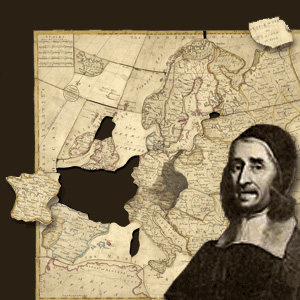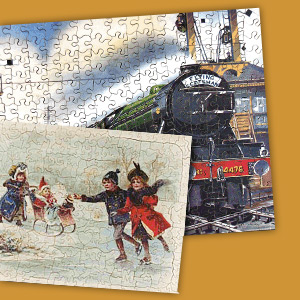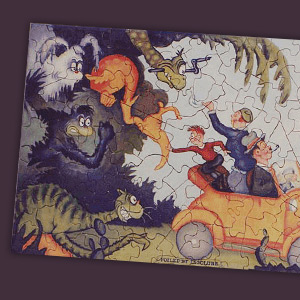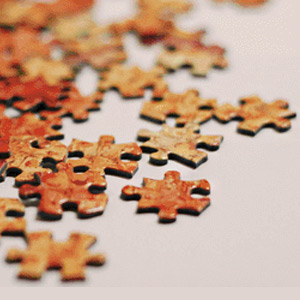Jigsaw puzzles have educated, entertained, and bewildered humans for centuries.

The First Piece
Cartographer John Spilsbury is credited with constructing the first jigsaw puzzle in mid-18th century London. He mounted a map on a wooden board and cut it into small pieces to use as an aid to teach geography.

Mass Production
As the popularity of tiled puzzles exploded, manufacturers turned to cardboard as an economical alternative to wood boards. The development of a press system led to mass production. Popular themes of early jigsaw puzzles included maps, fine-art replicas, and animals.

Relief in Tough Times
Jigsaw puzzles grew in popularity during The Great Depression as families turned to economical forms of distraction and entertainment.

Powerful Pieces
Today, the use of puzzles is widespread in education, entertainment, and healthcare. In fact, the activity of doing jigsaw puzzles is thought to help reduce the risk of Alzheimer’s and dementia, and to help focus and calm those on the Autism spectrum.

Breaking Records
In 2011, students of the University of Economics of Ho Chi Minh City completed a 551,232 piece puzzle in 17 hours, earning them a spot in the Guinness World Records.
Note: If you buy something using the eBay link in this story, we may earn a small commission. Thank you for supporting independent toy journalism!

